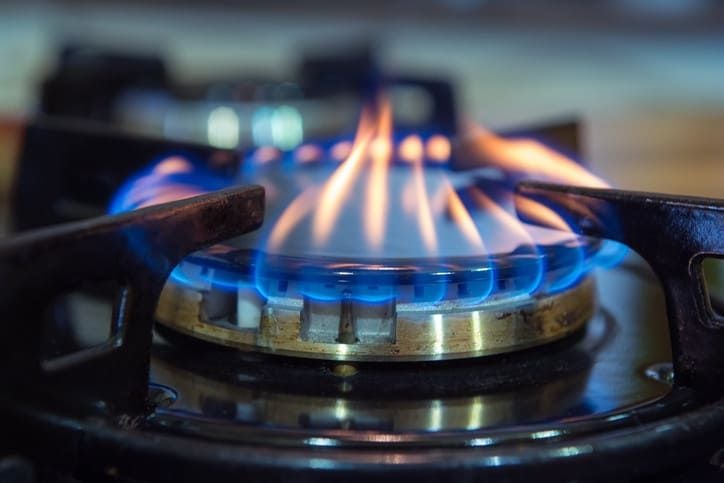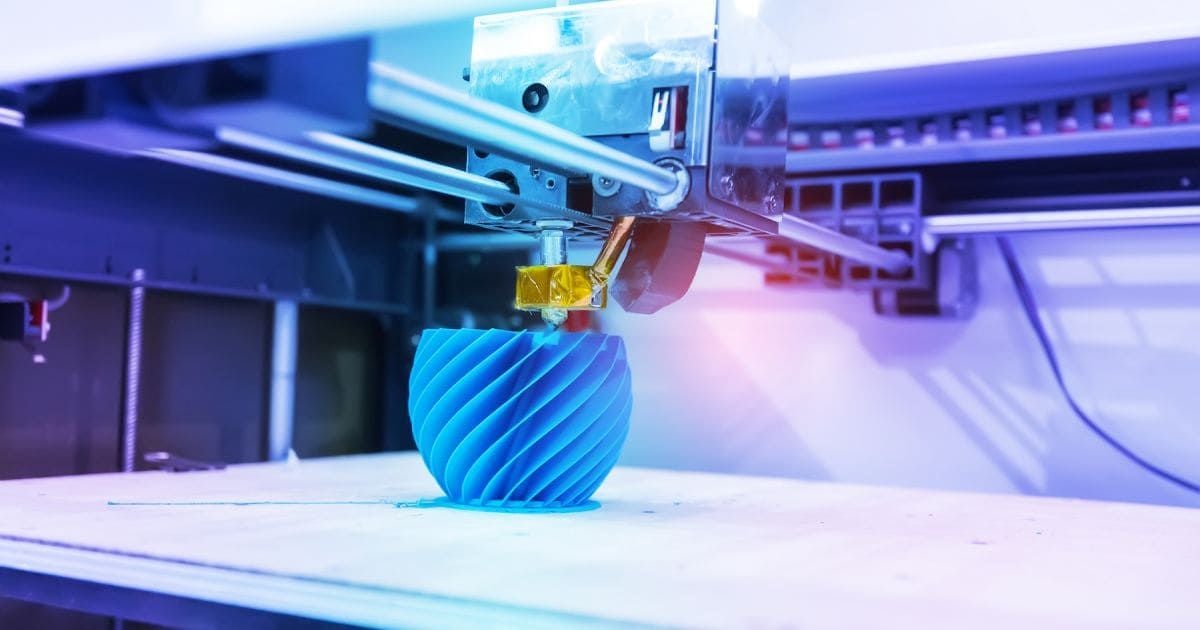The Invisible Flames: Unmasking the Hidden Dangers of Cooking on a Gas Stove

Combustible Hazards
Gas stoves rely on the combustion of natural gas or propane to produce heat. While this process is essential for cooking, it also presents inherent dangers. Leaks in gas lines or faulty connections can lead to the buildup of flammable gas within the home. Without proper ventilation, even a small spark from a nearby appliance or electrical outlet can ignite a catastrophic fire or explosion. The odorless nature of natural gas further complicates matters, as leaks often go undetected until it’s too late. Inhaling even small amounts of gas can cause headaches, dizziness, and nausea, signaling the urgent need for immediate action to prevent a potentially deadly outcome.
Carbon Monoxide Poisoning
Another insidious threat associated with gas stoves is the risk of carbon monoxide (CO) poisoning. Unlike natural gas, which typically contains an additive to produce a distinctive odor, CO is colorless, odorless, and tasteless, making it virtually undetectable without specialized equipment. Improperly adjusted burners or incomplete combustion can result in the release of this deadly gas into the air. Prolonged exposure to even low levels of CO can lead to flu-like symptoms, confusion, and ultimately, death. Infants, the elderly, and individuals with pre-existing health conditions are particularly vulnerable, highlighting the need for vigilance and preventive measures.
Indoor Air Quality
Beyond the immediate dangers of fire and carbon monoxide, gas stoves also contribute to poor indoor air quality. Cooking releases a variety of pollutants into the air, including nitrogen dioxide (NO2) and particulate matter. These pollutants can exacerbate respiratory conditions such as asthma and increase the risk of cardiovascular disease over time. Children, who often spend more time indoors and have higher respiratory rates than adults, are especially susceptible to the adverse effects of indoor air pollution. Additionally, studies have shown that gas stoves may emit volatile organic compounds (VOCs) when in use, further compromising indoor air quality and posing potential health risks.
Environmental Impact
In addition to the health hazards posed by gas stoves, there are also environmental considerations to take into account. Natural gas, while cleaner burning than coal or oil, still contributes to greenhouse gas emissions and climate change. Methane, the primary component of natural gas, is a potent greenhouse gas with a much higher warming potential than carbon dioxide over shorter time frames. Furthermore, the extraction and transportation of natural gas can result in leaks and other environmental damage, further underscoring the need to transition to more sustainable cooking alternatives.
Alternatives and Solutions
Given the multitude of risks associated with gas stoves, it’s essential to explore alternatives and implement solutions to mitigate these dangers. Electric induction cooktops offer a safer and more energy-efficient alternative to traditional gas stoves. By using electromagnetic technology to heat pots and pans directly, induction cooktops eliminate the risk of gas leaks and carbon monoxide poisoning. Additionally, they produce less indoor air pollution and are more environmentally friendly than gas stoves. While the initial cost of induction cooktops may be higher, the long-term benefits in terms of safety, efficiency, and sustainability make them a worthwhile investment for households seeking to reduce their risk exposure.
Conclusion
Cooking on a gas stove may seem like a mundane aspect of daily life, but beneath the surface lies a host of hidden dangers that cannot be ignored. From the risk of fire and explosion to the insidious threat of carbon monoxide poisoning, gas stoves pose serious health and safety risks to households around the world. By raising awareness of these dangers and promoting alternative cooking technologies such as electric induction cooktops, we can take steps to safeguard our homes, protect our health, and mitigate our impact on the environment. It’s time to shine a light on the unseen perils of cooking with gas and embrace safer, more sustainable cooking practices for the well-being of ourselves and future generations.










